Many banks record sharp increase in bad debt
According to data from the State Bank, as of February 2025, the on-balance sheet bad debt ratio of the credit institution system (excluding the 5 banks MBV, GPBank, VCBNeo, Vikki Bank and SCB) reached 1.88%. The financial report for the first quarter of 2025 shows a sharp increase in bad debt at many banks, especially the state-owned sector.
At BIDV , bad debt increased by 37% compared to the beginning of the year, bringing the bad debt ratio to total outstanding debt from 1.41% to 1.89%. Vietcombank also saw this ratio increase from 0.95% at the end of 2024 to 1.03%. VietinBank had total bad debt by the end of March reaching nearly VND28,000 billion, up 31%, causing the bad debt ratio to increase from 1.24% to 1.55%.
Private banks are not out of the trend. Techcombank recorded a 9.6% increase in bad debt, reaching nearly VND7,800 billion, equivalent to a ratio of 1.23%. MB reported bad debt at the end of the first quarter of VND14,681 billion, of which substandard debt increased from VND4,599 billion to VND4,942 billion; doubtful debt increased by 34.7% to VND4,552 billion; debt with the possibility of losing capital increased by 12.6%, reaching VND5,187 billion. Overall, MB's bad debt ratio increased from 1.62% to 1.84%.
VietABank is a rare bright spot as its bad debt ratio decreased from 1.37% to 0.63%. However, group 2 debt increased dramatically by more than 4.3 times, from nearly VND334 billion to VND1,452 billion, accounting for 1.7% of total outstanding debt.
Some banks have bad debt ratios exceeding the 3% threshold such as Saigonbank, BVBank, VIB and ABBank. VIB increased from 3.5% to nearly 3.8%, while Saigonbank increased from 2.66% to 3.28%. Notably, substandard debt at Saigonbank increased sharply by 62%, from more than VND84 billion to nearly VND137 billion.
A newly published report by SSI Research shows that asset quality in the banking system continues to be under pressure. The reason is that many real estate projects have not yet completed legal procedures, while liquidity in the real estate market – especially in Ho Chi Minh City – remains sluggish. This has caused a portion of home loans to be reclassified as bad debt. At the same time, state-owned banks have also been affected by the restructuring of loans in the construction materials industry.
According to SSI Research, the bad debt formation rate in the first quarter of 2025 increased to 2.46%, nearly reaching the peak of 2.58% in the first quarter of 2023 and much higher than the 0.55% level in the previous quarter. Overdue loans increased by 11.6%, including group 2 debt (up 2.8%) and bad debt (up 20.4%). The bad debt ratio of the whole system increased to 2.02%, equivalent to an increase of about VND 34,700 billion, although banks have written off VND 26,600 billion of bad debt in the quarter.
At the annual general meeting of shareholders, Mr. Nguyen Duc Vinh - General Director of VPBank - predicted that the bad debt situation will continue to be more evident in the first 6 months of 2025. The main reason comes from the fact that real estate loans have expired their restructuring period in 2024 and must be reflected according to the actual situation.
Although the trend of increasing bad debt was recorded in the first and second quarters, Mr. Vinh said the bank is taking measures to control it and expects the situation to stabilize from the second half of the year onwards.
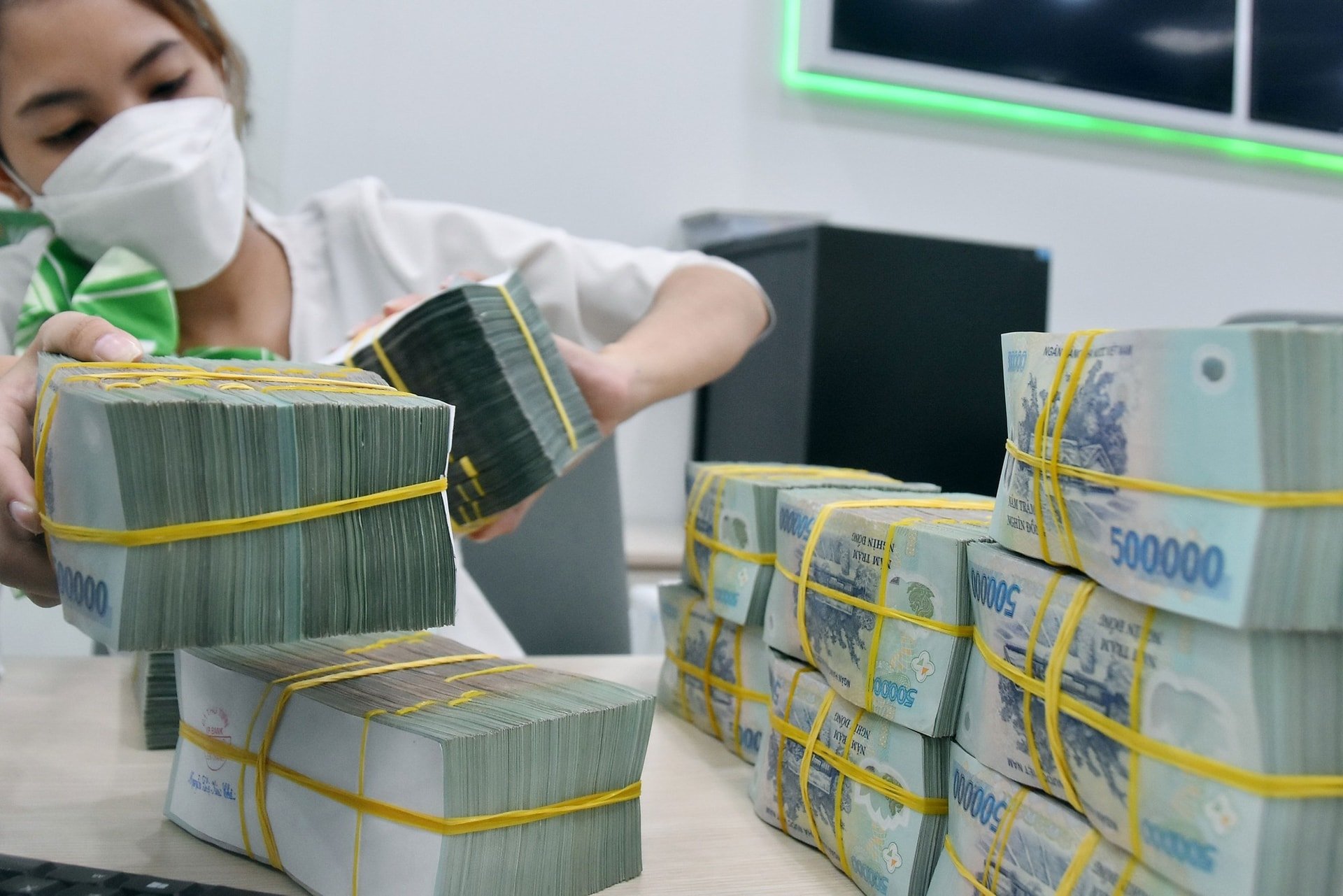
Bad debt coverage ratio drops to 5-year low
A notable point in the last quarter was that banks did not increase provisions for bad debts, even though asset quality was showing signs of deterioration. This was reflected in the fact that credit costs did not increase in proportion to the rate of new bad debts. As a result, the bad debt coverage ratio of the entire system fell to only 88.7% - the lowest level in the past 5 years.
By the end of the first quarter of 2025, only 4 banks maintained a bad debt coverage ratio of over 100%, including VietinBank, Vietcombank, Techcombank and VietABank - a number unchanged from the end of 2024. Meanwhile, at the end of 2023, there were 10 banks that reached this milestone, of which 4 banks even had a coverage ratio exceeding 200%.
A high NPL coverage ratio often reflects a bank's prudence in dealing with risks, but it can also reduce profits. Therefore, banks are trying to strike a reasonable balance between maintaining provisioning capacity and ensuring business efficiency.
This reality requires credit institutions to synchronously deploy measures to control credit quality and limit the increase of bad debt, in order to protect the stability of the entire financial system in the context of an unstable economy.
At the 2025 Annual General Meeting of Shareholders, many bank leaders frankly admitted that the risk of bad debt and potential debt could increase this year, due to new fluctuations from the international market - especially the US tariff policy.
VPBank General Director Nguyen Duc Vinh warned that if trade tensions continue, purchasing power will decline, especially affecting the middle- and low-income customer group - which is the bank's main customer group.
Similarly, BIDV Chairman Phan Duc Tu said that the total outstanding loans of customer groups directly affected by the tariff policy are currently around VND300,000 billion, accounting for 15% of the total outstanding loans. Potentially risky sectors include: steel, mechanics, plastics, seafood, textiles, transportation, computers and industrial real estate. BIDV has promptly established a specialized steering committee to support businesses and adjust credit strategies accordingly.
Meanwhile, Eximbank Chairman Nguyen Canh Anh said the bank is reviewing its credit growth plan cautiously, while restructuring capital sources and strictly controlling bad debts, especially when Circular 02 has expired. The bank will focus on customers with good financial capacity and strong sectors such as import-export and retail; at the same time, it will promote cheap capital mobilization through CASA and control input costs.
According to SSI Research's report, in the context of low interest rates along with debt restructuring and customer support measures from banks, the bad debt ratio is forecast to peak in the first half of 2025, then tend to decrease gradually in the second half of the year.
Source: https://baodaknong.vn/no-xau-tang-nhanh-thi-truong-tai-chinh-co-nen-lo-lang-252309.html






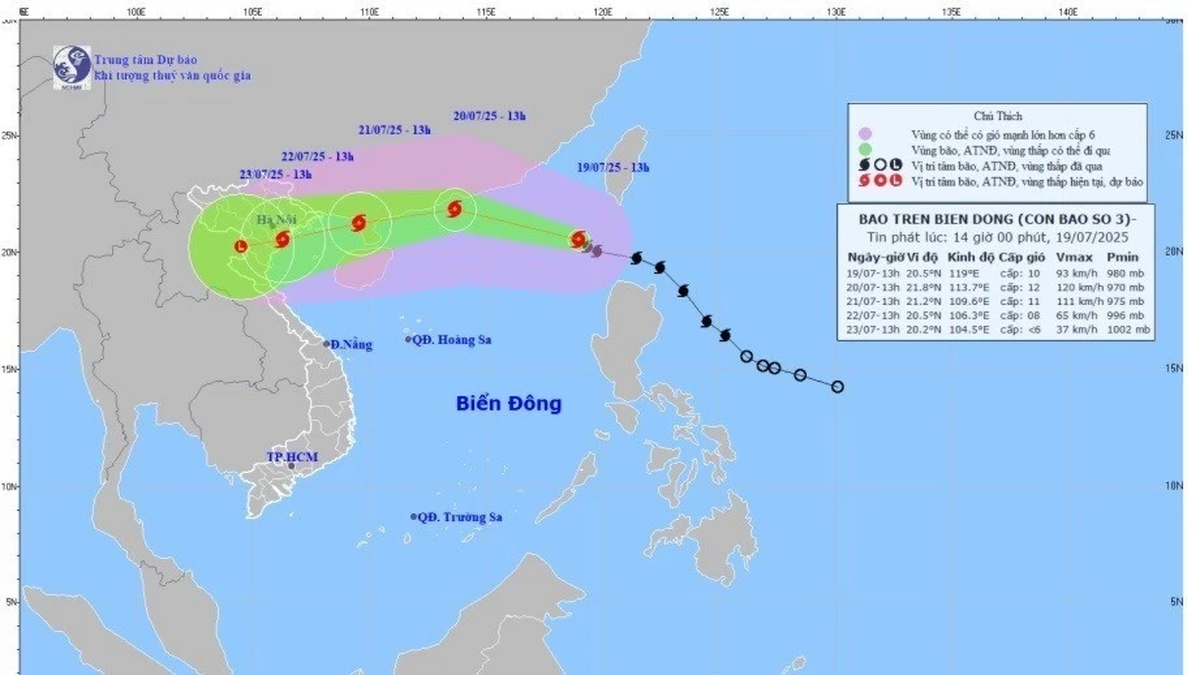


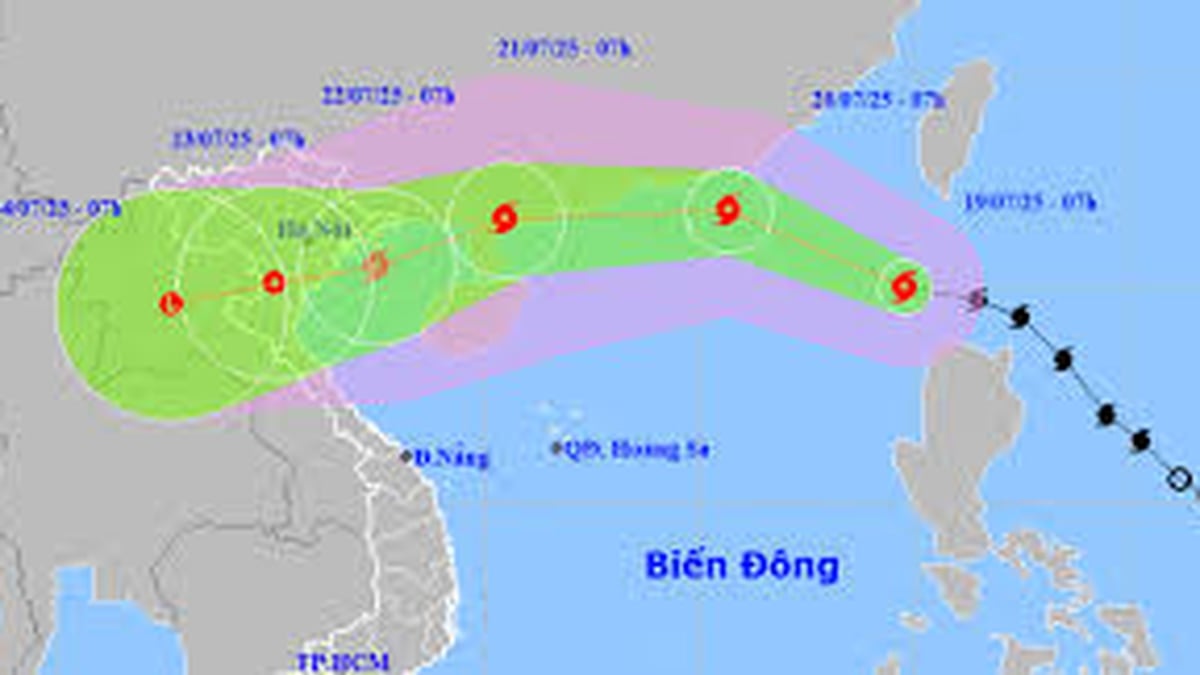

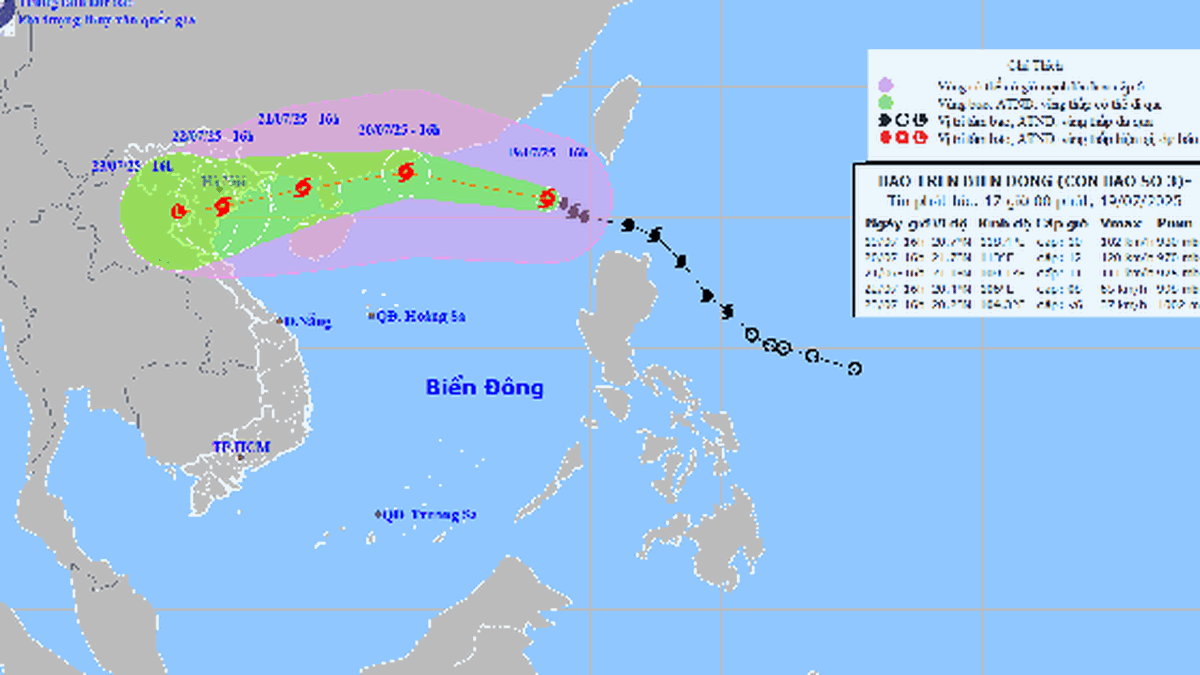


















































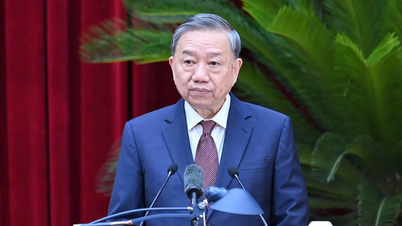
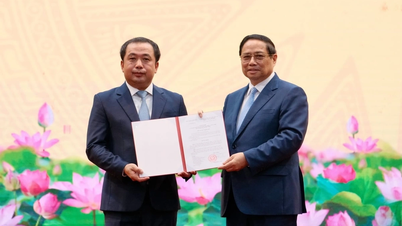




































Comment (0)